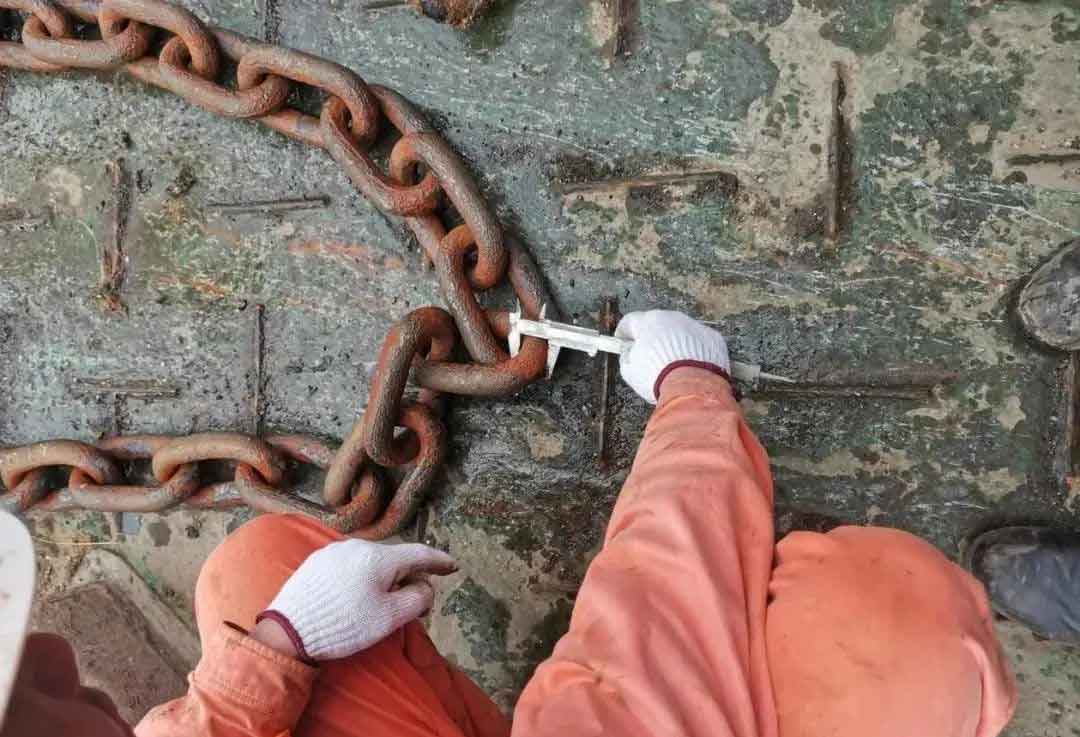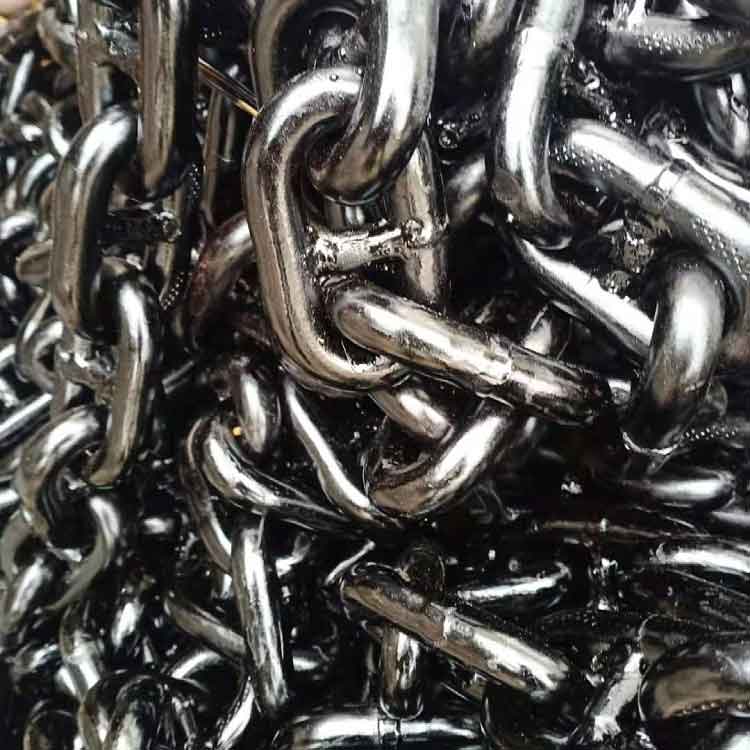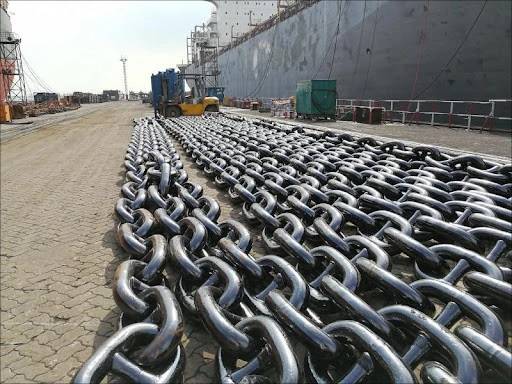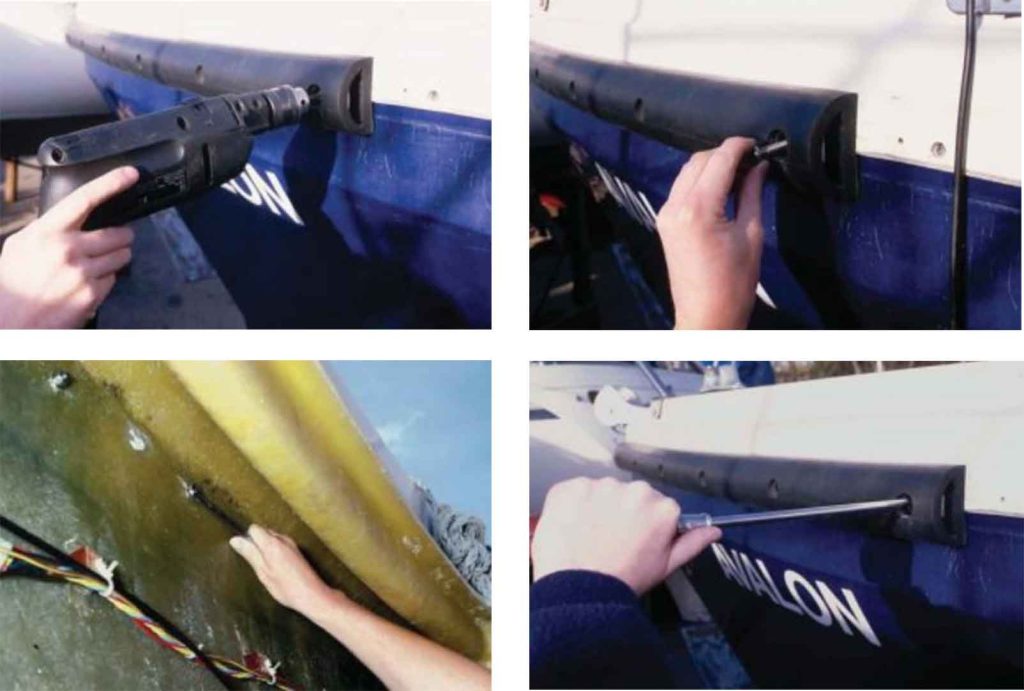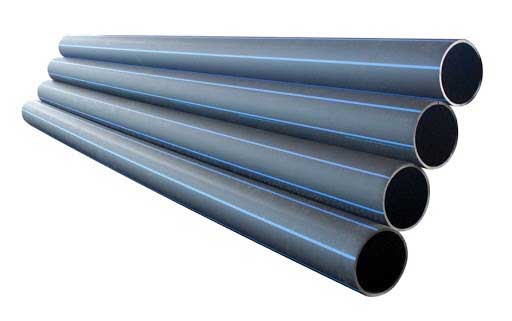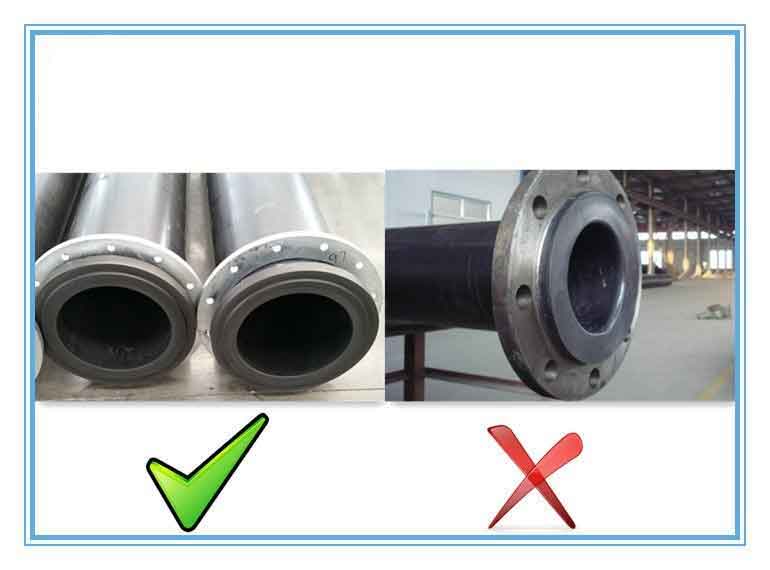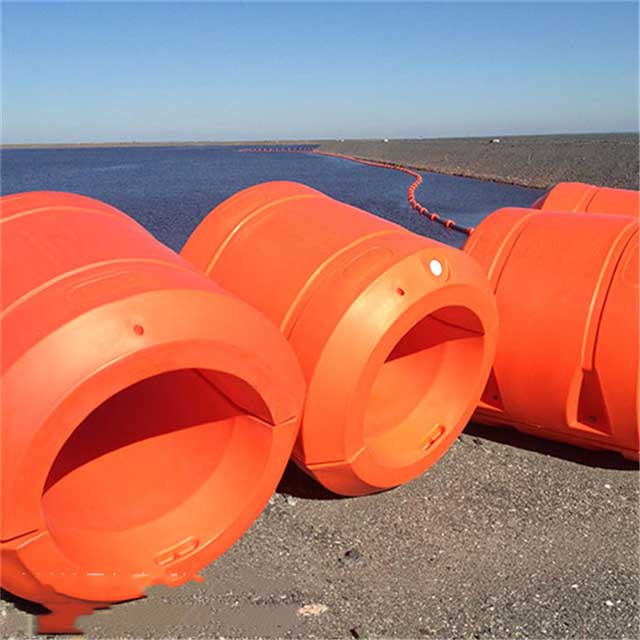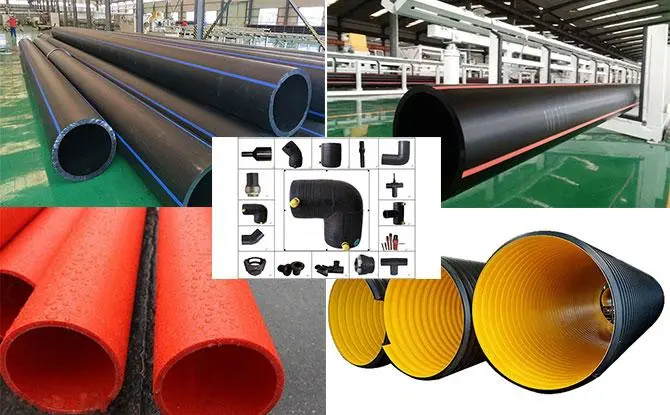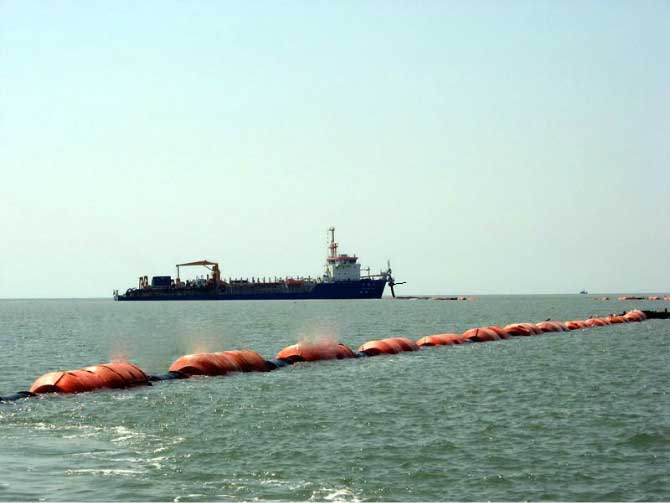What is a mooring system on buoys?
It is used for mooring or fixing all kinds of buoys. It consists of saddle chain, short chain, half chain, long chain and other chain links and fittings such as connecting shackle, end shackle, swivel forerunner and sinking hammer.
Connection Diagram
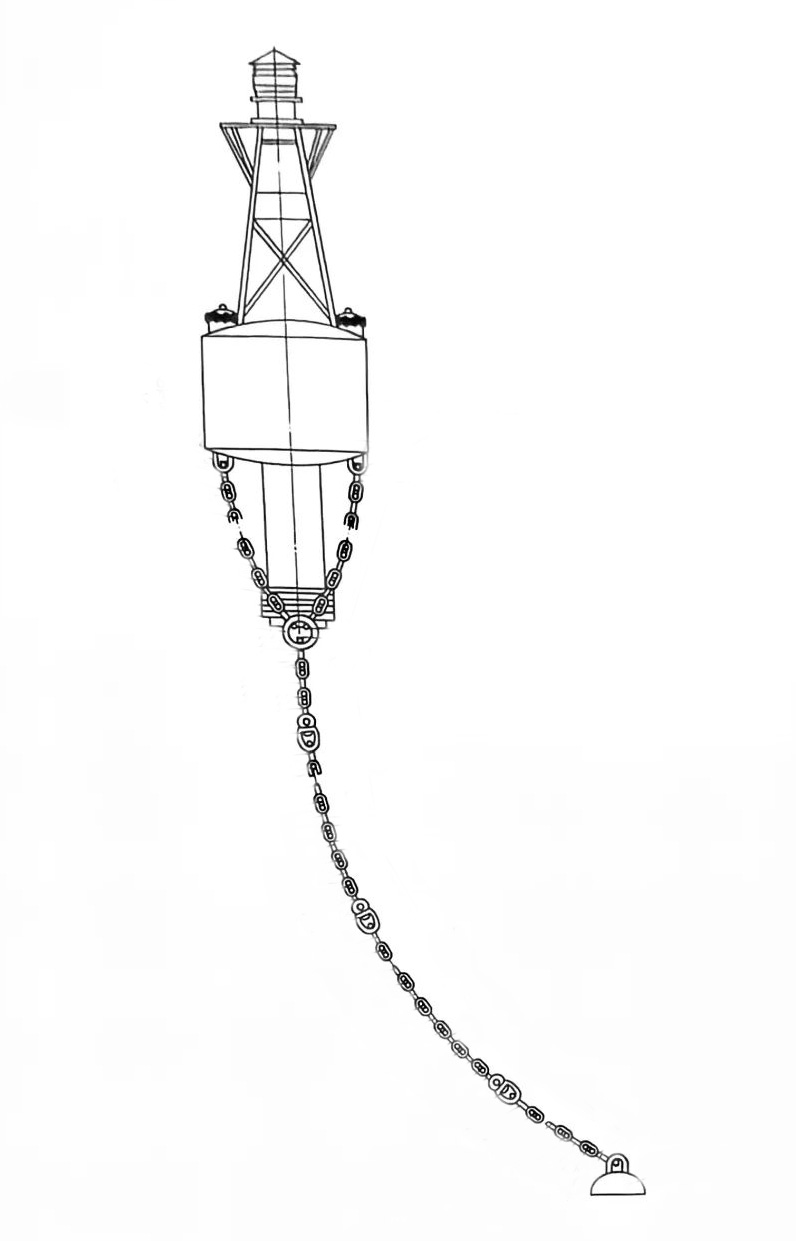
The basic matching form from top to bottom consists of saddle chain, short chain, half chain, long chain, sinking hammer and connecting parts.
Saddle Chain
Saddle chain is tied to the light buoy or floating system stay ring, which is a saddle-shaped chain link connecting the light buoy or light float with the anchor chain. The function is to keep the light buoy balanced in the water and to prevent the anchor chain from being entangled with the tail pipe of the light buoy.
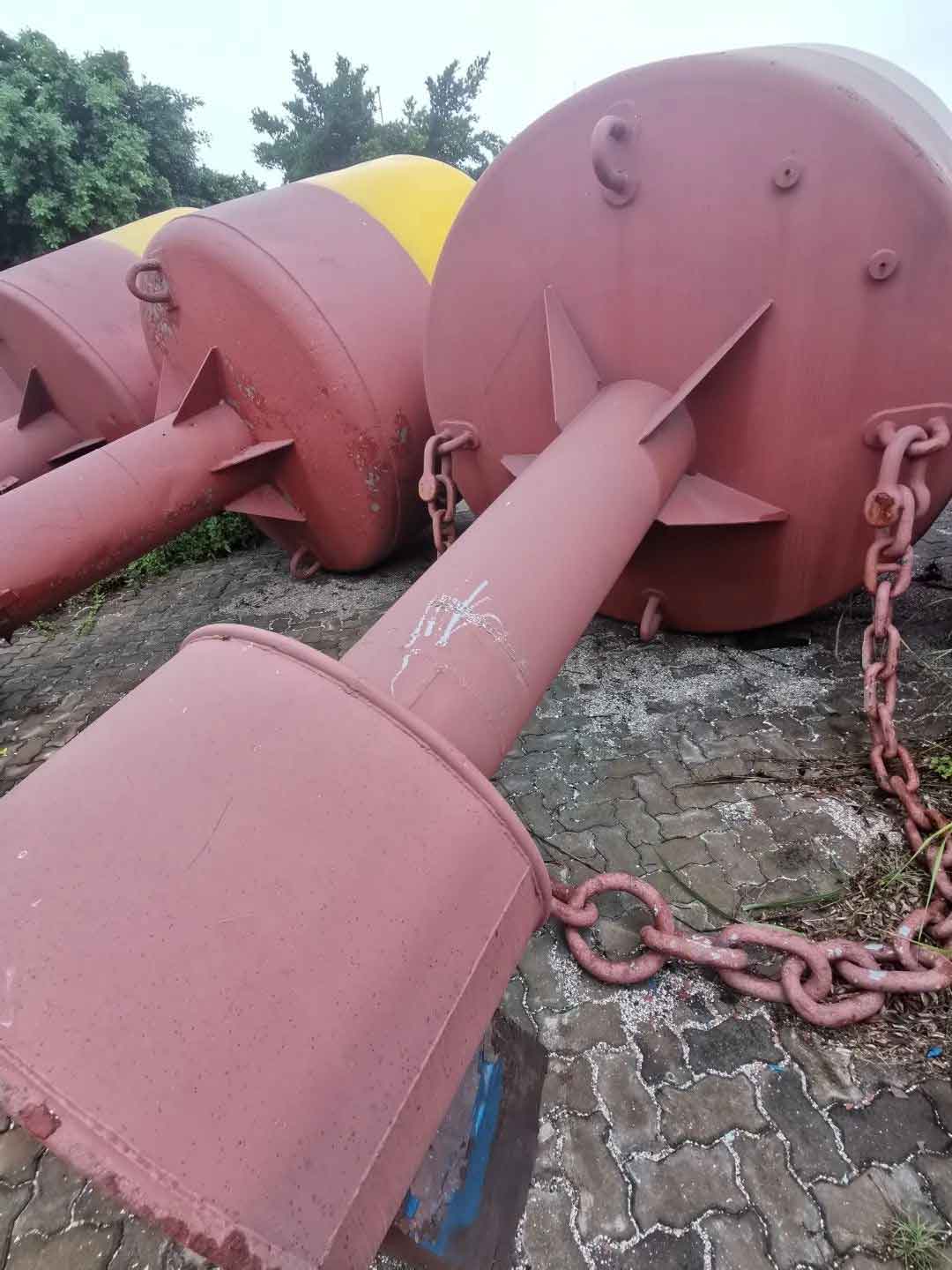
Short Chain
One end of the short chain is tied to the saddle chain, and the other end is tied to the half chain or long chain. The chain is 4.5 meters long, with an odd number of links and a swivel ring. The first and last ends are painted green.
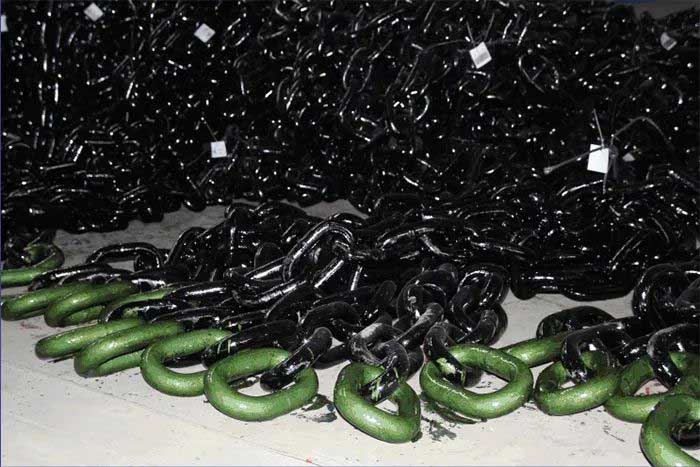
Half Chain
One end of the half chain is tied to the short chain and the other end is tied to the long chain. The length of the half chain is half of the long chain, which is 13.7 meters. The number of links is odd and there is a swivel ring. Suitable for narrow waterways where the radius of gyration of the light buoy anchor chain is limited. The first and last ends are painted yellow.
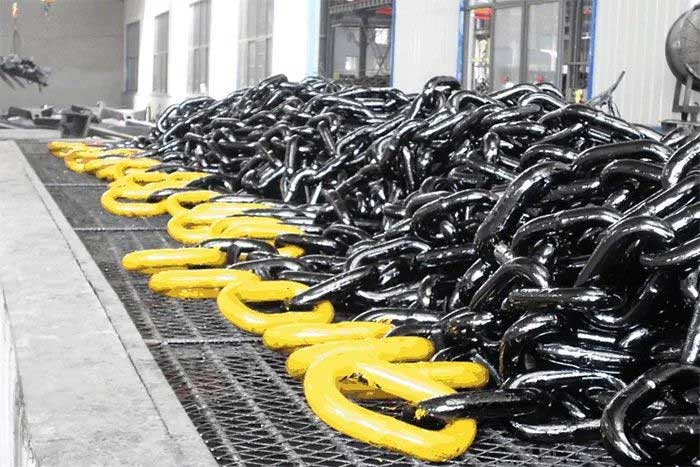
Long Chain
One end is tied to a sinker (anchor) and the other end is tied to a saddle link or half link or short link. The total length is 27.5 meters. The number of links should be odd, and there should be a turn ring. The first and last ends are painted red.
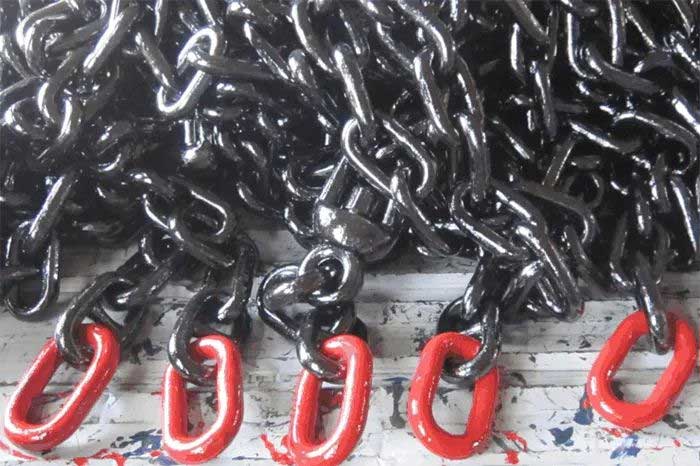
Connecting Shackle
The connecting shackle is an important assembly unit of the anchor chain. It is designed to attach the anchor cable to the anchor chain fastening unit. In order to provide greater strength, the pin of the anchor shackle is made with an elliptical cross section and the shackle is secured with a locating pin.
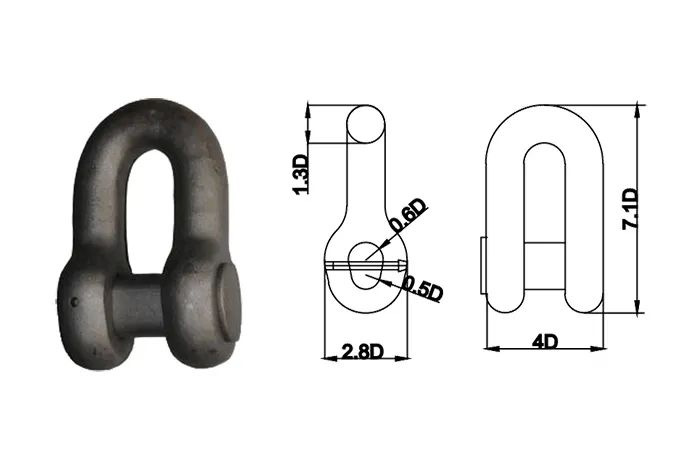
End Shackle
The end shackle is used to connect the chain links, and there are shackles at both ends of each link. The end shackle is divided into end shackle and connecting shackle, the end shackle is used for saddle link, the connecting shackle is used for long chain, half chain and short chain, the size of end shackle of the same specification is larger than the size of connecting shackle.
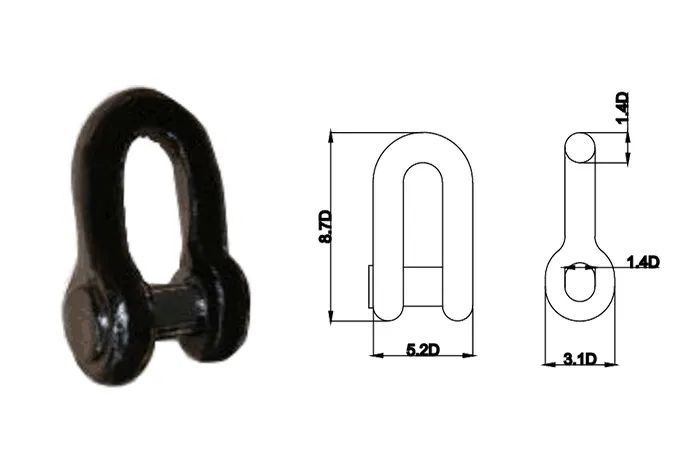
Swivel Forerunner
The swivel forerunner is equipped with one in each of long chain, half chain and short chain, which is used to make the anchor chain rotate freely in the water and reduce the phenomenon of entanglement due to the influence of tide.
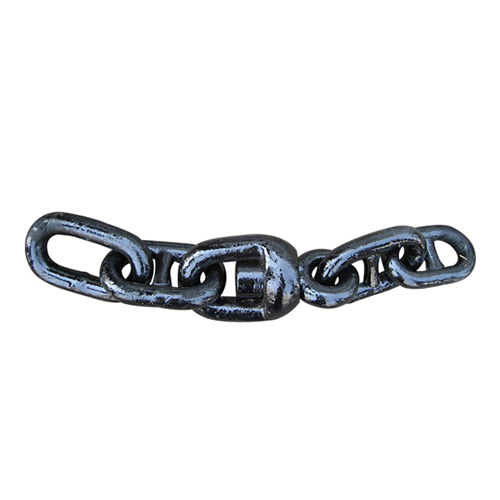
Sinker Hammer
According to the manufacturing material, there are two types of sinkers: cast iron sinkers and concrete sinkers. Concrete sinkers are widely used for light buoys and floats because of their ease of manufacture and low cost. When concrete sinkers are used, the bottom is set up with a pit that is not deep enough to help the sinker adhere to the seabed through the suction of mud and sandy soil. By weight, there are mainly different specifications such as 3 tons and 5 tons.
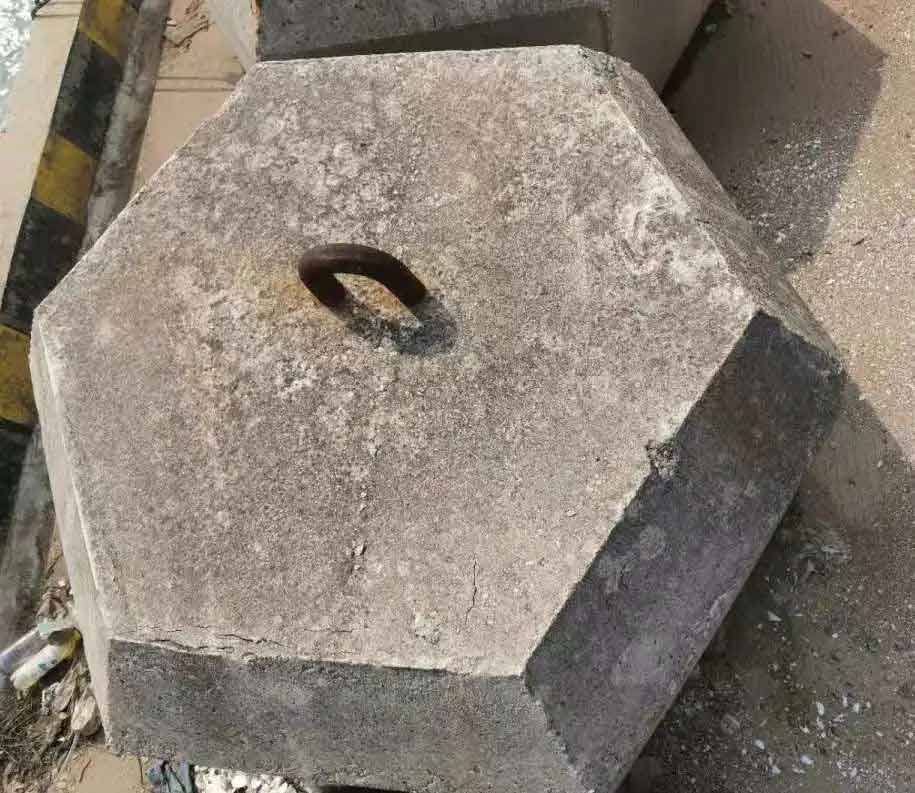
Anchor chain configuration requirements
Anchor Chain Length and Depth of Location
According to the IALA “Aids to Navigation Guide“, the min. length of the buoy anchor chain is twice the maximum water depth (the sum of the highest tide level and half of the maximum wave height) at the location where the buoy is set up in less than 50m water depth. According to the environment of the East China Sea, the length of the buoy anchor chain can be three times of the maximum water depth at the highest sea level of the buoy installation site. The length of the anchor chain can be increased in the case of frequent shifts in individual waters.
Buoy and anchor chain matching requirements
Common buoy and anchor chain configurations
- 1.8m diameter buoy with Φ28mm saddle chain, short chain, half chain and long chain.
- 2.4m diameter buoy with Φ38mm saddle chain, short chain, half chain and long chain.
- 3.0m diameter float with Φ42mm saddle chain, short chain, half chain and long chain.
Precautions for the use of anchor chain
- When the diameter of anchor chain is worn more than 1/8 after a long time use, it cannot be used.
- When anchor chain is thrown into the sea for a long time, seaweed and dirt are easily attached to the section near the sea surface, which is also the part with the most serious wear and corrosion.
- Anchor chain with deformation or cracks should be scrapped if it is confirmed to be unusable after inspection.
- The part of the anchor chain that is worn out is mainly the two ends of the ring and the ring fastening. Usually, the diameter of both ends of the chain ring is taken as the standard for measuring the wear.
